How to harness your power
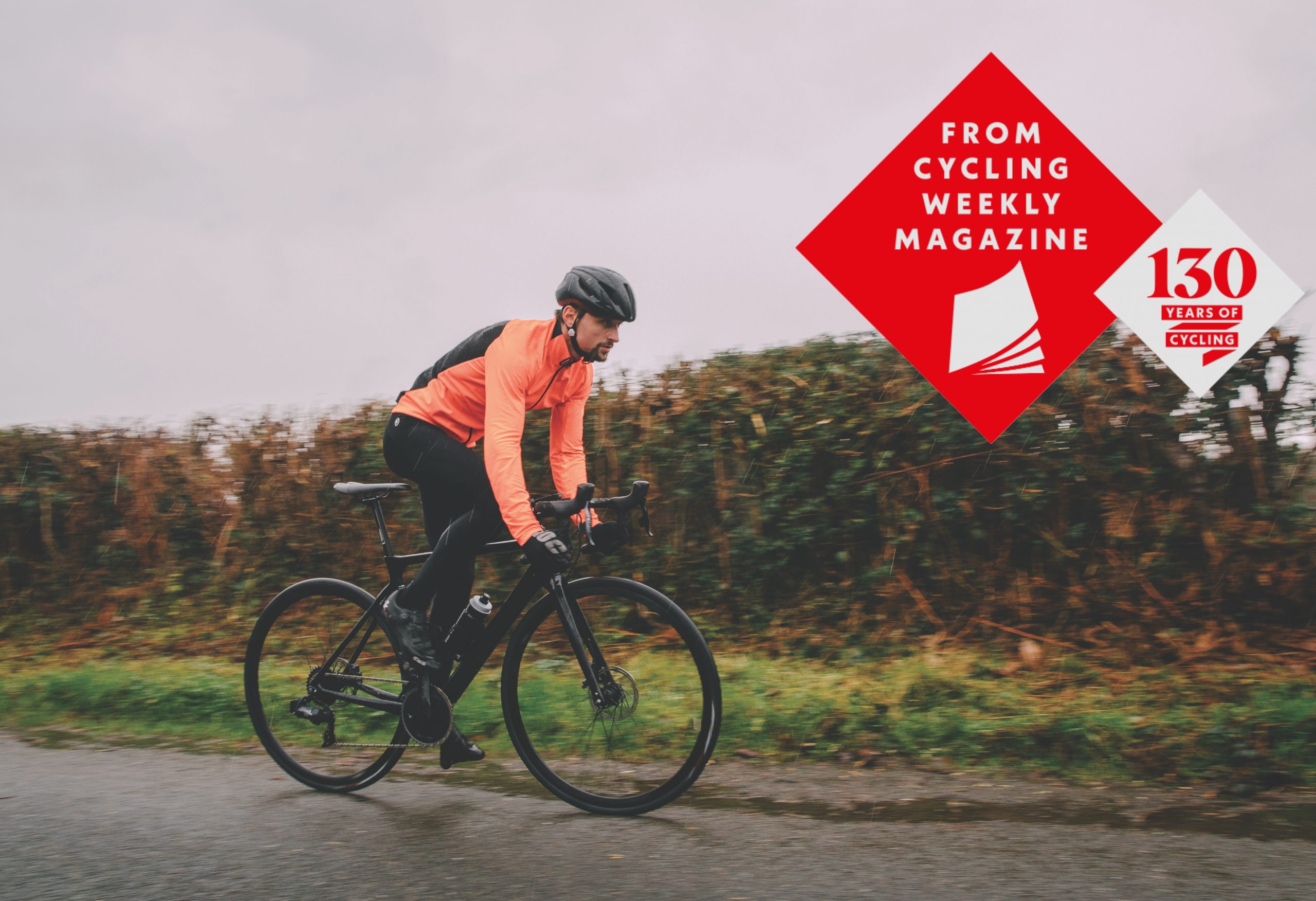
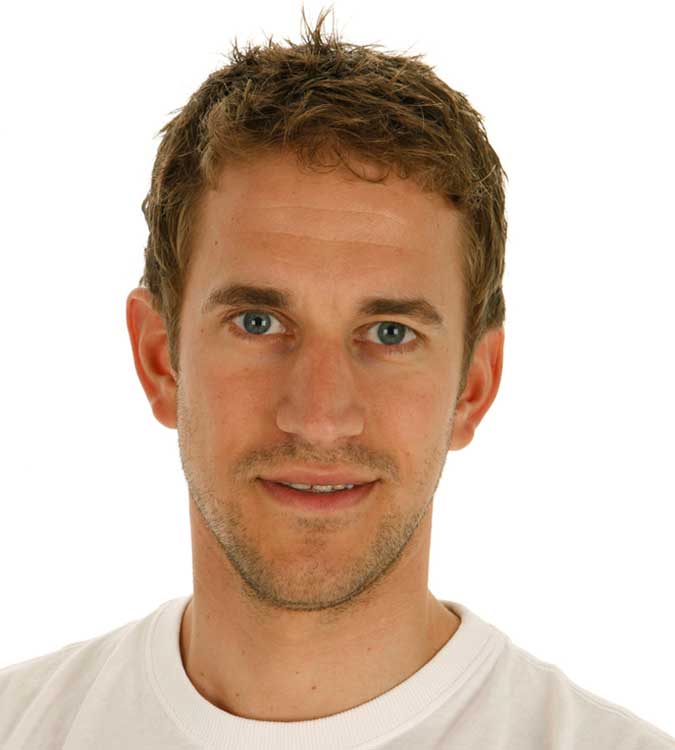
Coach Deena Blacking strips away the false promises and explains how to be wise about watts.
“As far as I'm aware, no bike race has even been won on a power meter," said Peter Sagan, triple road world champion and the owner of more points jerseys than there are days in a Grand Tour. And yet, if you were to believe the chat on your Saturday morning Zwift ride, you could be forgiven for imagining that power was the be-all and end-all of cycling success.
These days, most cyclists who follow structured training use power. The advent of online power-based training platforms, and with companies like Velon making power part of live racing coverage, performance data is a major currency for everyday cyclists, not just the pros. Never mind “if it wasn’t on Strava, it didn’t happen”, it’s almost as though rides without attached power files don’t count anymore.
The first power meter was invented more than 30 years ago by SRM, but it wasn’t until the mid 2010s that power meters became widely accessible to mere mortals (i.e. amateur cyclists). In 2006, Hunter Allen and Andy Coggan published the first edition of Training and Racing with a Power Meter, then the only such guide available. Today you can find a near limitless supply of research papers, podcasts, books (and Cycling Weekly features) to help you make sense of how to use a power meter.
>>>> Best power meters - everything you need to know
In fact, modern cycling fans react with dismay when a pro races without a power meter. This may be an ominous sign of over-dependence of this form of performance measurement. Power is definitely a valuable tool in the cyclist’s toolbox, but it is far from everything. In the words of Sagan, “Nobody ever got points for wearing the Maximum Output jersey.” And Sagan knows a thing or two about how to command a pushbike.
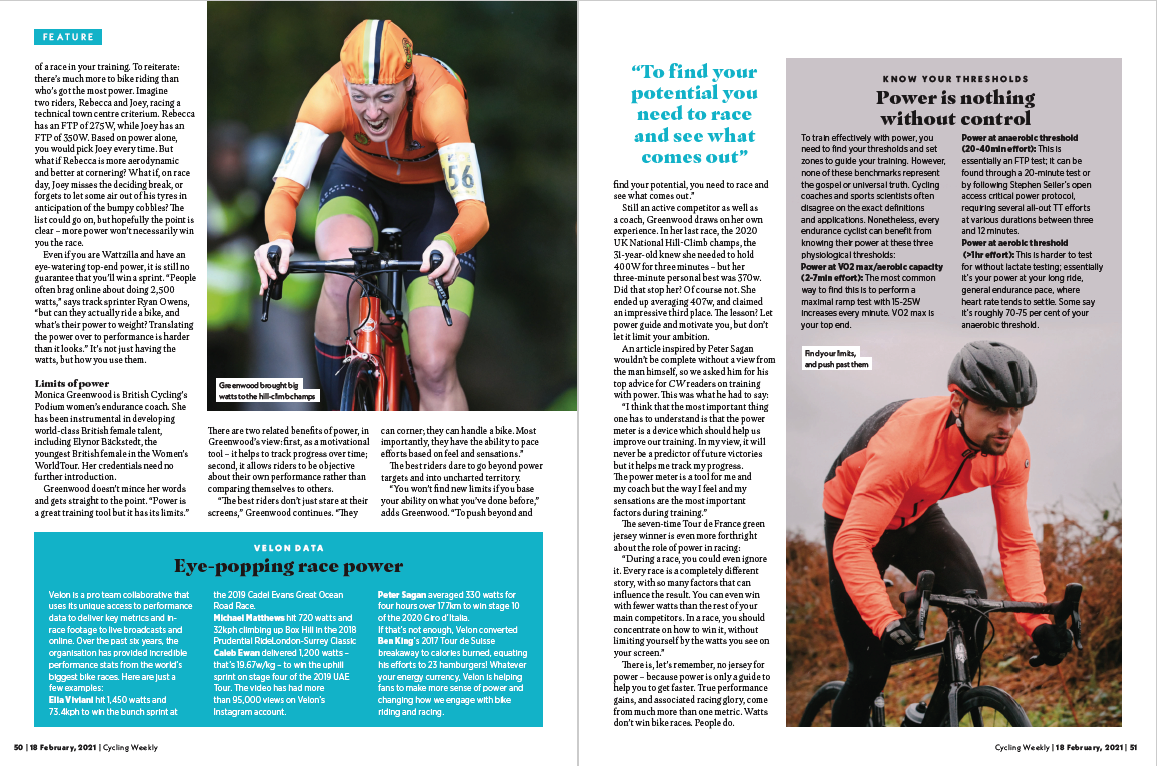
So what’s a watt? Is it the same as the watt powering your toaster? More or less, yes. Just type ‘Cyclist vs. Toaster’ into YouTube and see for yourself. The watt is the standard unit of measurement for power, and it’s been around for nearly 140 years, thanks to Scottish engineer James Watt.
Get The Leadout Newsletter
The latest race content, interviews, features, reviews and expert buying guides, direct to your inbox!
Power is the rate at which energy is used over time. Power is the work that a cyclist does to propel the bike forward. The more energy we expend, the further and faster we go. The scientific equation is this: power equals force times velocity, i.e. the result of the effort you push through the pedals (force, or torque), and how fast you push those pedals (velocity, or cadence).
For the same power output, you can choose to rely more on the torque (grind), or more on speed (a high cadence). Generally speaking, more torque means more stress on your muscles; higher cadence means more stress on your heart. If you’re climbing up a hill, do you tend to grind or spin? Not all watts are created equal. Understanding how you produce power is key to knowing how to use it better.
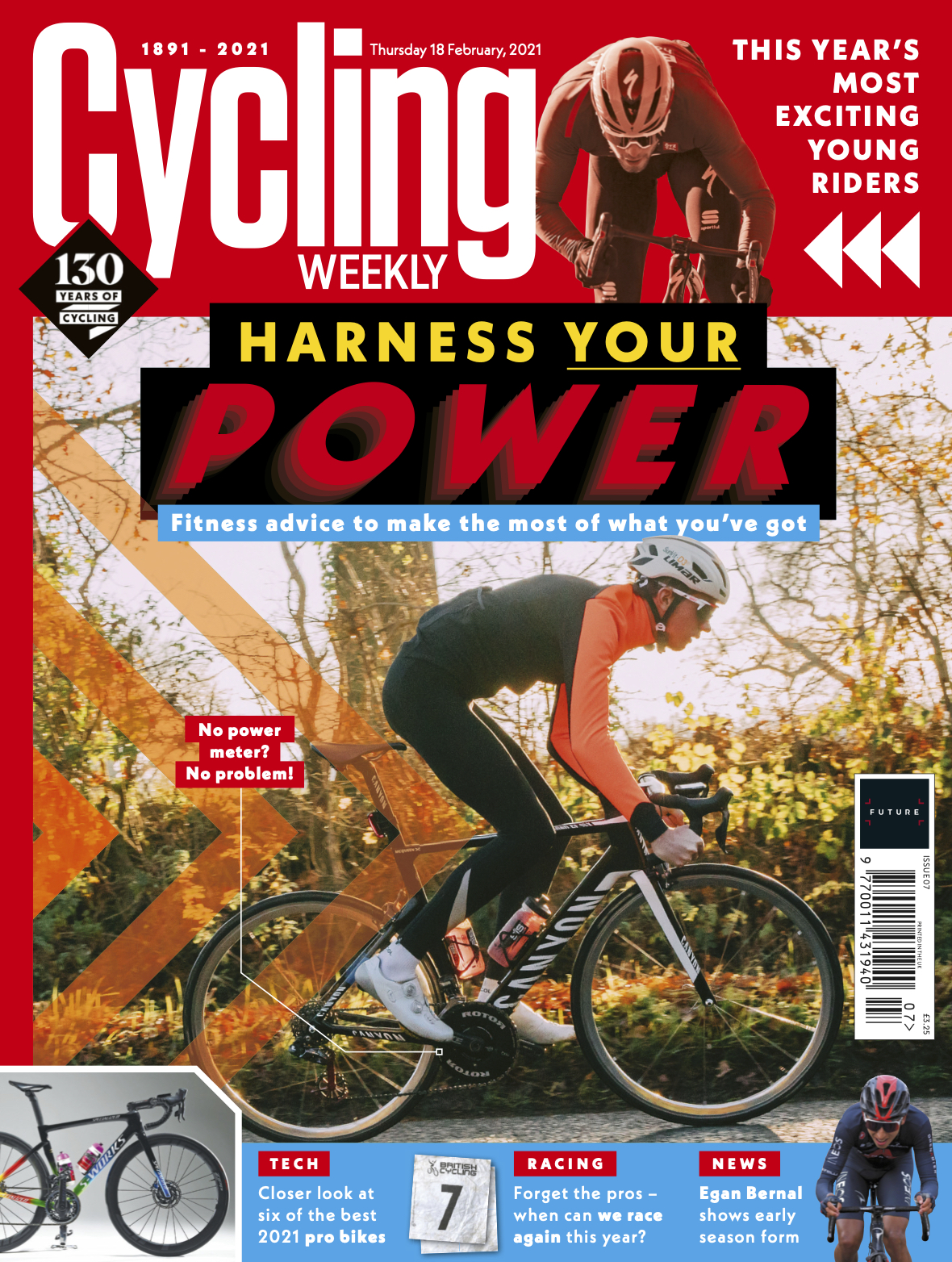
You can read the full feature in this week's issue of Cycling Weekly magazine, on sale February 18. If you're staying in you can order single issues online or subscribe for a reduced quarterly rate of £28.99, that's just £2.40 per issue.

Thank you for reading 20 articles this month* Join now for unlimited access
Enjoy your first month for just £1 / $1 / €1
*Read 5 free articles per month without a subscription

Join now for unlimited access
Try first month for just £1 / $1 / €1

Editor of Cycling Weekly magazine, Simon has been working at the title since 2001. He fell in love with cycling 1989 when watching the Tour de France on Channel 4, started racing in 1995 and in 2000 he spent one season racing in Belgium. During his time at CW (and Cycle Sport magazine) he has written product reviews, fitness features, pro interviews, race coverage and news. He has covered the Tour de France more times than he can remember along with two Olympic Games and many other international and UK domestic races. He became the 130-year-old magazine's 13th editor in 2015.
-
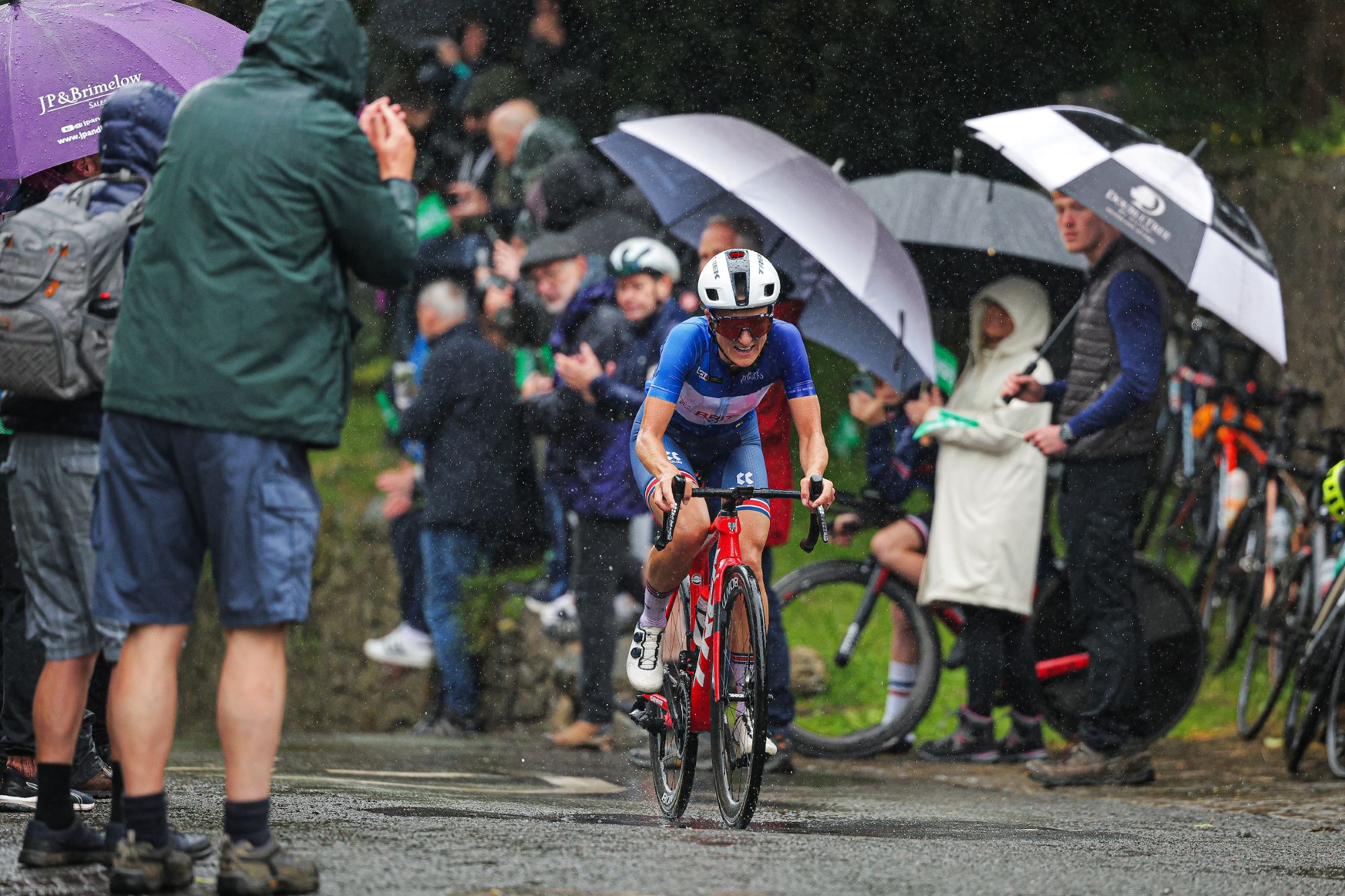 FDJ-Suez, SD Worx-Protime, Lidl-Trek confirmed for Tour of Britain Women as strong list of teams announced
FDJ-Suez, SD Worx-Protime, Lidl-Trek confirmed for Tour of Britain Women as strong list of teams announced18 teams set to take part in four-day WorldTour stage race
By Tom Thewlis
-
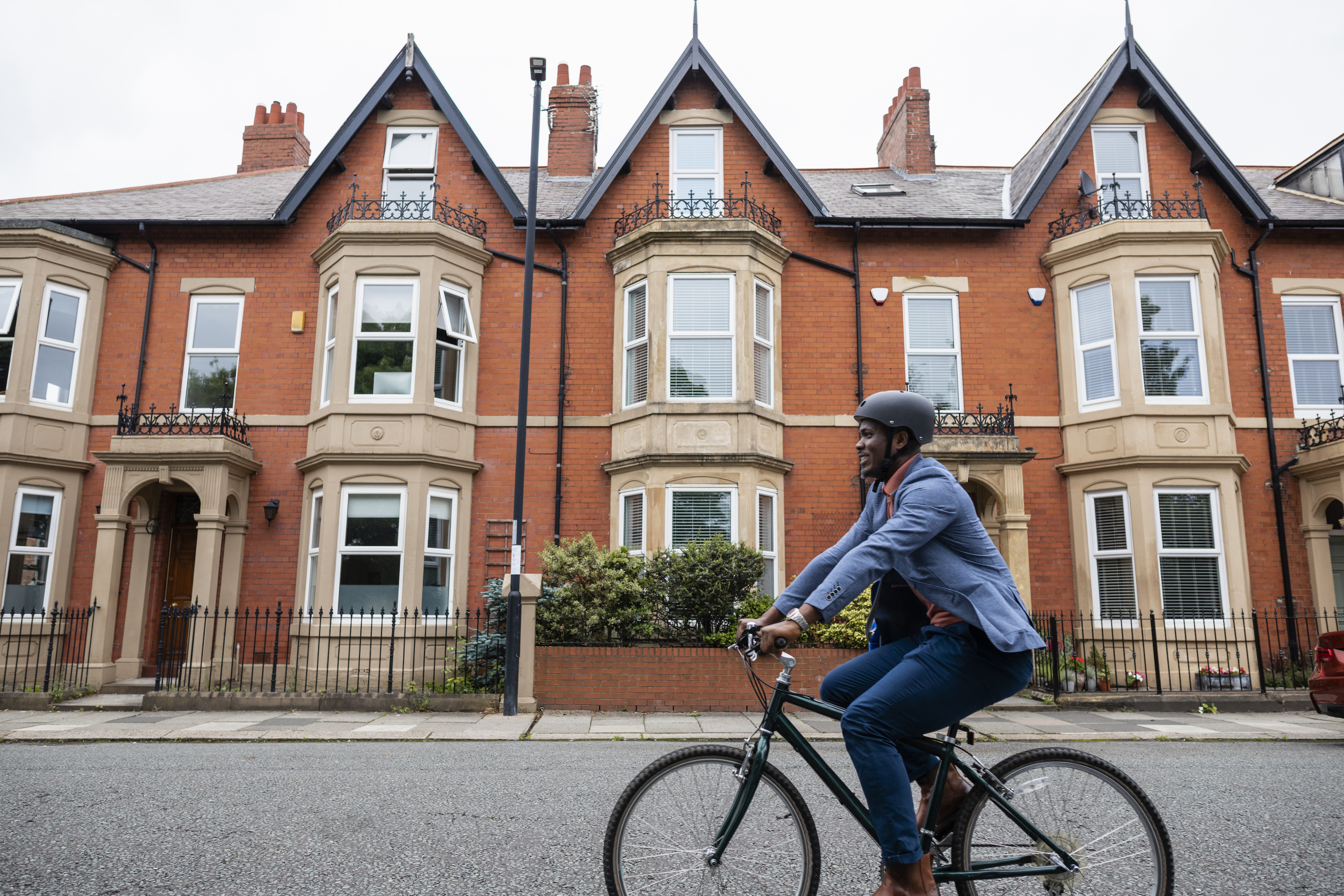 Cyclists could face life sentences for killing pedestrians if new law passed in England and Wales
Cyclists could face life sentences for killing pedestrians if new law passed in England and WalesReckless cycling currently carries a maximum two-year jail term
By Tom Thewlis